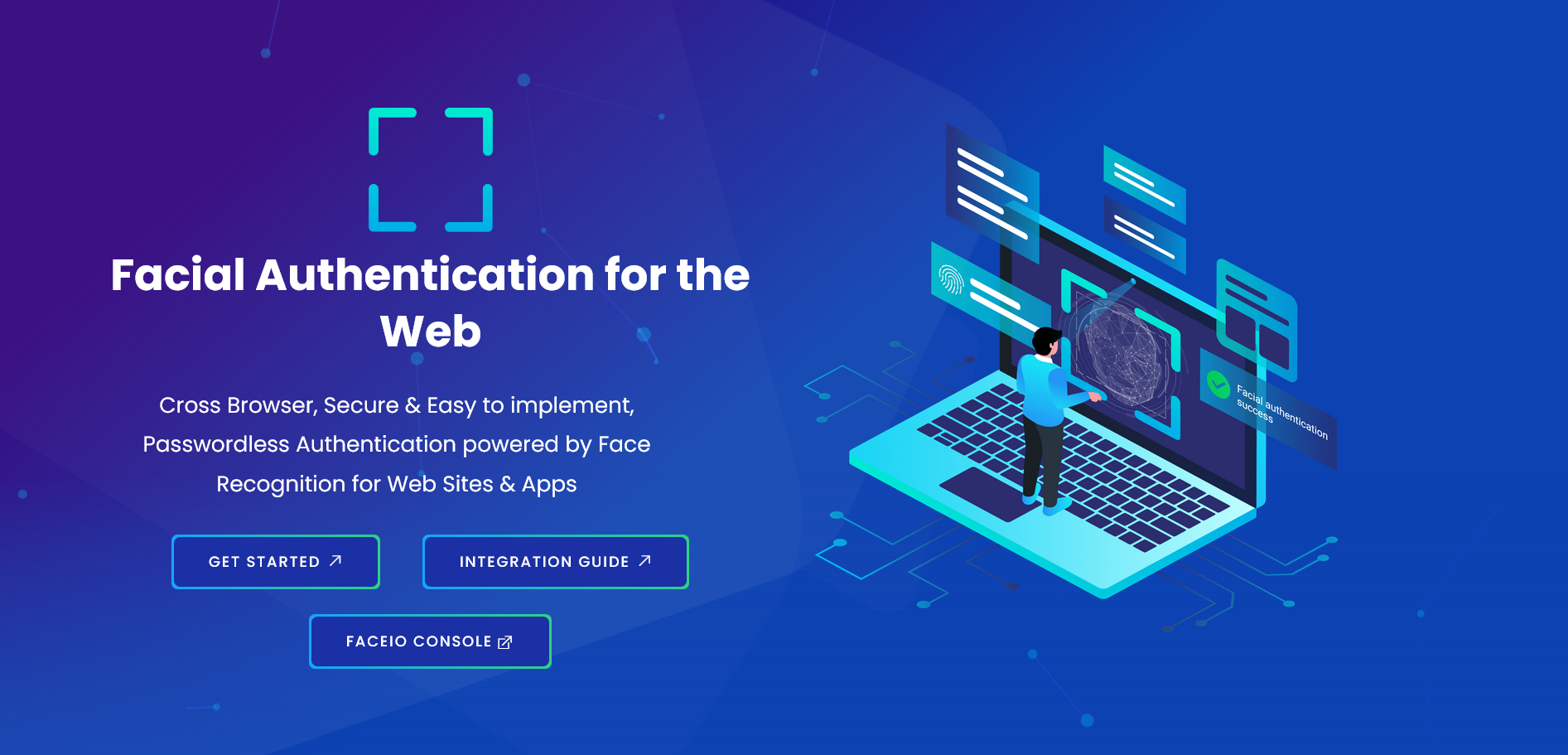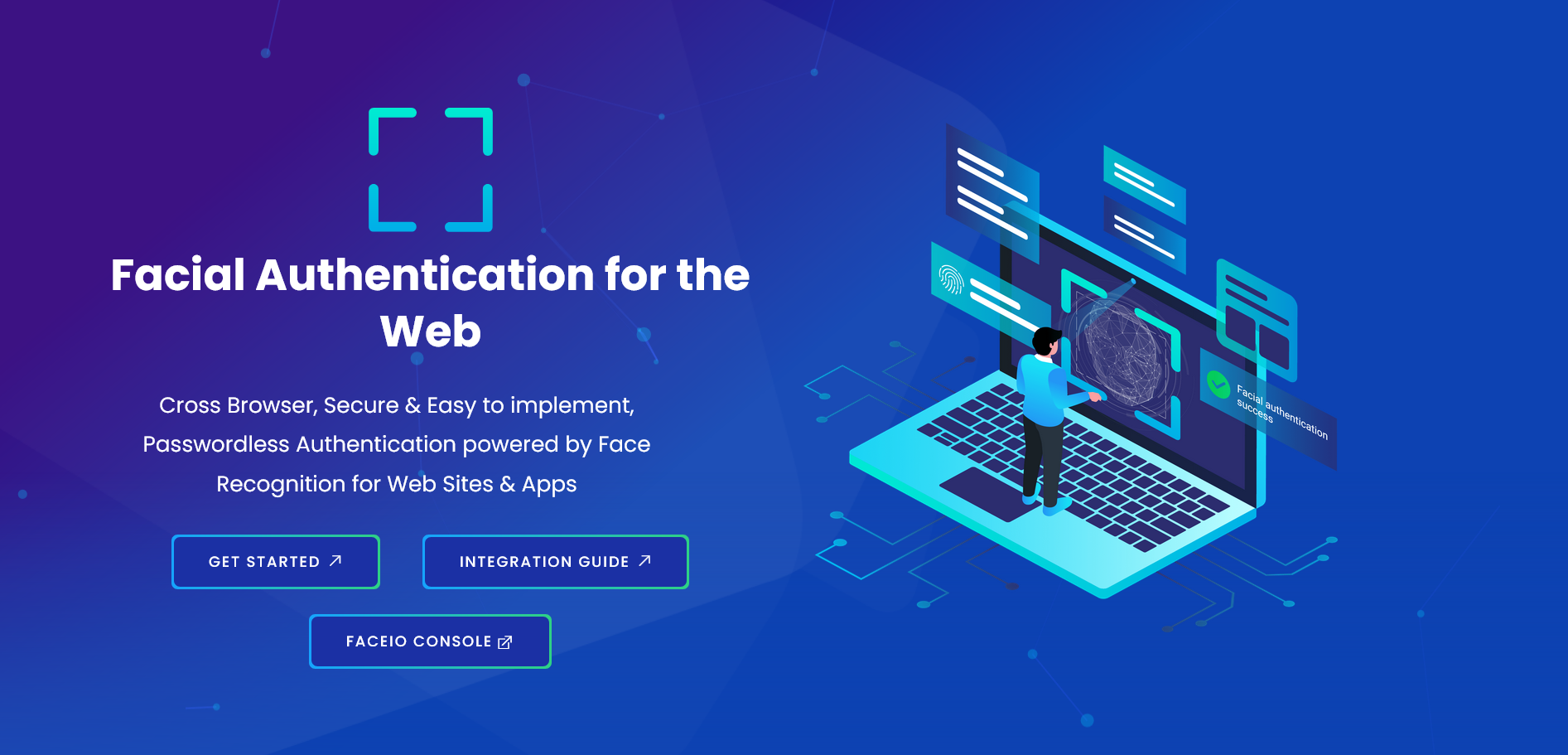The FACEIO development team is pleased to announce the general availability of new REST API Endpoints for developers implementing fio.js, our facial authentication library on their websites or web applications.

With the new API Endpoints, you can now programmtically talk to your FACEIO application via your private backend regardless of the underlying programming language whether it is Python, Ruby, Java, PHP, etc. as long as it supports HTTP based requests.
These endpoints have been designed with developers in mind and are fully documented, making it easy for the developer to get started. The list of new released API endpoints includes but not limited to:
- DELETEFACIALID: Delete a particular Facial ID.
- CHECKFACIALID: Validate a particular Facial ID.
- SETFACIALIDPAYLOAD: Set or change Payload data linked to a particular Facial ID.
- SETFACIALIDPINCODE: Change PIN Code linked to a particular Facial ID.
To get started with the new REST API endpoints, simply head over to faceio.net/rest-api and consult the documentation. The documentation is comprehensive and includes examples to help you get started quickly.
We are confident that the new released API endpoints will be a valuable addition to your FACEIO integration and will help developers automate tasks such as Facial ID Deletion, PIN Code Reset, Payload Update, etc.
Finally, If you have any questions or feedback, please do not hesitate to raise a support ticket via the FACEIO Console. Our team is always ready to help and support you in any way we can.
